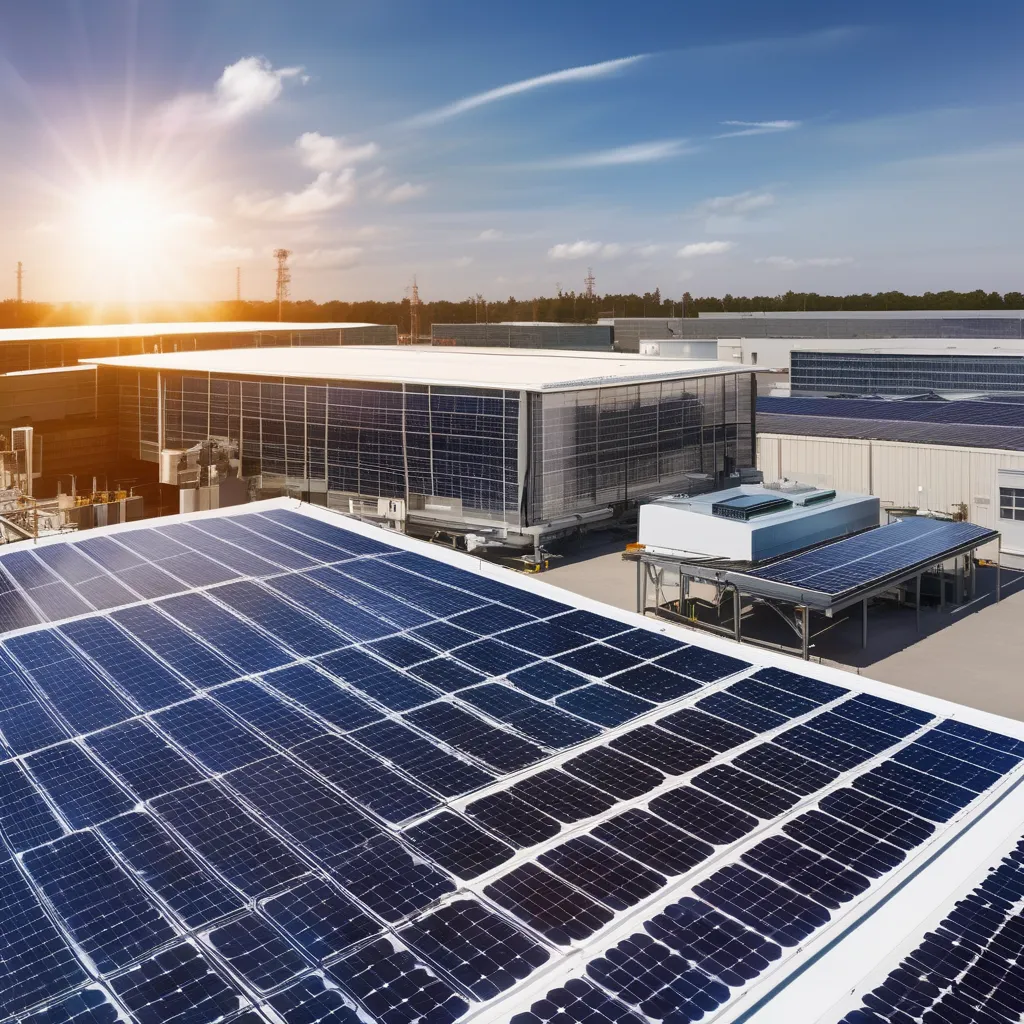Solar energy is often associated with sunny days and clear skies, but how do solar panels actually perform when the weather isn’t ideal? This is a common concern for homeowners and businesses considering solar power. While it’s true that solar panels perform best under direct sunlight, advancements in technology have made them much more efficient in a variety of weather conditions. Let’s dive into how solar panels fare in different climates and what you can expect based on your local weather patterns.
1. Sunny Weather – Ideal Conditions
It’s no surprise that solar panels thrive in sunny weather. Direct sunlight allows photovoltaic (PV) cells to generate the maximum amount of electricity. Under standard test conditions (STC), panels are tested at 1,000 watts of solar irradiance per square meter, which mimics a clear, sunny day.
Key Points:
- Peak efficiency occurs on bright, cloudless days.
- Sunlight hours, not temperature, are the most critical factor.
- Excess energy can be stored in batteries or fed back into the grid for credits (via net metering).
2. Cloudy Weather – Still Effective
Clouds block some sunlight, but not all. Solar panels can still generate electricity on overcast days, albeit at reduced efficiency. Depending on the cloud density, performance might drop by 10–25%, and in heavy cloud cover, it could decrease by up to 50%.
Did You Know?
Countries like Germany and the UK, with frequent cloudy days, are leaders in solar energy adoption thanks to smart grid systems and robust incentives.
Tips to Maximize Output:
- Use monocrystalline panels, which tend to perform better in low-light conditions.
- Consider battery storage to compensate for dips in production.
3. Rainy Conditions – Natural Cleaning Bonus
Rain doesn’t just bring clouds—it also helps wash dust and debris off panels, maintaining their efficiency. While energy production is lower during rain due to reduced sunlight, the cleansing effect can improve long-term performance.
Interesting Fact:
A light rain can boost panel efficiency by removing pollen, bird droppings, and pollution buildup, which all block sunlight.
Best Practice:
Install your panels at an angle to allow rainwater to rinse them off more effectively.
4. Snow – Reflective and Resourceful
Snow presents a mixed bag. A thin layer of snow can sometimes reflect additional sunlight onto the panels, increasing output. However, if snow accumulates and covers the panels, it blocks sunlight entirely until it melts or is cleared off.
Cold Weather Advantage:
Contrary to popular belief, solar panels perform better in cold temperatures. Just like most electronics, cooler temperatures increase efficiency. So while the days are shorter in winter, the panels can operate more efficiently.
Maintenance Tip:
Use a roof rake or soft brush to remove heavy snow buildup. Avoid hard scraping or using sharp tools that could damage the panels.
5. Hail – Built Tough
Worried about hail? Most solar panels are designed to withstand severe weather, including hailstorms. Panels undergo rigorous testing to endure hail up to 1 inch in diameter traveling at 50–60 mph. That said, extremely large or fast-falling hail can still pose a risk.
Pro Tip:
Check the panel’s certification—look for those that meet IEC 61215 standards. Home insurance policies often cover solar panel damage from hail.
6. Wind – Resilient Installation Matters
Solar panels are usually mounted securely to withstand wind speeds of up to 140 mph (equivalent to Category 4 hurricanes). Proper installation is key—an experienced installer will ensure your system is compliant with local building codes and wind ratings.
Protective Measures:
- Use strong racking systems and anchoring hardware.
- Choose panels with a high wind load rating.
- Regularly inspect mounting structures in hurricane-prone areas.
7. Extreme Heat – Efficiency Drops
Though it might seem counterintuitive, solar panels are less efficient in extreme heat. High temperatures can reduce the voltage output of PV cells, slightly lowering overall energy production.
Performance Insight:
Most panels lose about 0.4% of efficiency per degree Celsius above 25°C (77°F). So in hot climates, while you still get lots of sunlight, the actual energy production per panel might be lower than expected.
Solutions:
- Install panels with proper ventilation underneath to allow air circulation.
- Opt for panels with a lower temperature coefficient if you live in a very hot area.
Conclusion: Weather Isn’t a Dealbreaker
While solar panels perform best under sunny skies, they are surprisingly resilient and effective in a variety of weather conditions. Cloudy and rainy days may reduce output, but not stop it. Cold and snowy weather can actually improve efficiency if panels are kept clean. Even in the face of hail, wind, and heat, today’s solar technology is designed to endure.
The key to maximizing performance year-round is proper installation, panel selection, and occasional maintenance. With the right setup, solar panels can generate clean, renewable energy in almost any environment—proving that the sun’s power isn’t limited to perfect weather.


Leave a Reply